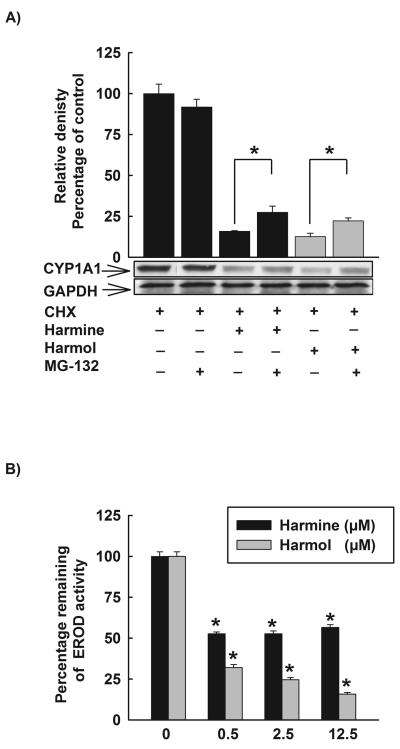Figure 8. Posttranslational modifications of CYP1A1 by harmine and harmol.
A, Effect of proteasomal inhibitor, MG-132, on the reduced CYP1A1 protein stability by harmine and harmol. HepG2 cells were treated with TCDD (1 nM) for 24 h. Thereafter, cells were washed three times with PBS and incubated with fresh media containing CHX alone (10 μg/mL, the protein translation inhibitor), CHX (10 μg/mL) and harmine (2.5 μM) or CHX (10 μg/mL) and harmol (2.5 μM) in the absence and presence of the proteasomal inhibitor, MG-132 (0.5 μM). After 6 h incubation, total protein was extracted and CYP1A1 protein was determined using Western blot analysis. The intensities of CYP1A1 protein bands were normalized to GAPDH signals, which were used as loading controls. Values represent mean of relative densities and expressed as percentage of control (untreated cells) ± S.E.M. One of three representative experiments is shown. (*) P < 0.05 compared with the relevant treatment. B, The direct inhibitory effects of harmine and harmol on CYP1A1 enzyme. HepG2 cells were pre-treated with TCDD (1nM) for 24 h, thereafter media were removed, washed three times with PBS, and increasing concentrations of harmine and harmol (0.5-12.5 μM) in assay buffer were added for 15 min prior to the addition of 7ER (2 μM final concentration) for the EROD measurement. Results are expressed as percentage of remaining EROD activity (mean ± S.E.M, n = 8). (*) P < 0.05 compared with control (untreated cells).

